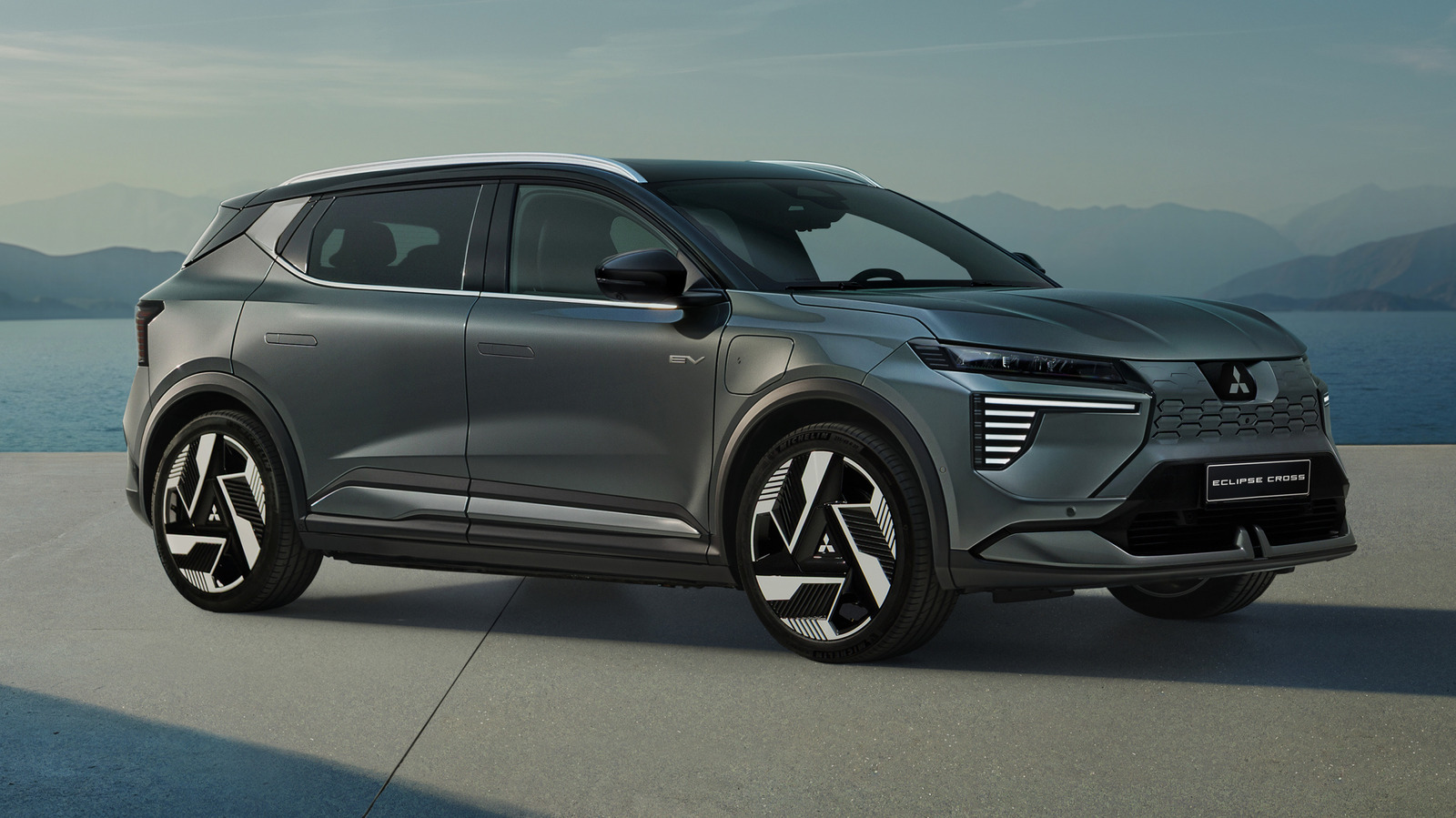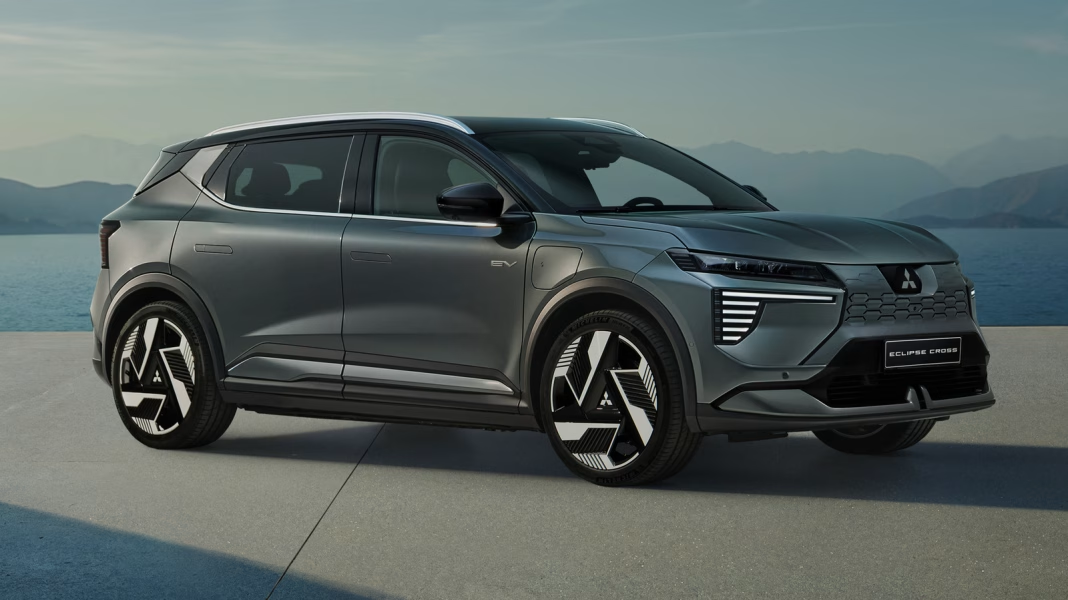What Makes the New Electric Eclipse Cross Stand Out in a Crowded Market?
Take one look at the latest Mitsubishi Eclipse Cross and you’ll notice something different. There’s a boldness to its lines, a certain European flair that makes it pop against the sea of copycat crossovers. That’s no accident. Mitsubishi’s partnership with Renault has clearly influenced the design, and honestly, it’s a breath of fresh air.
Why Does the Renault Connection Matter for Mitsubishi’s Design?
For years, Mitsubishi’s styling leaned toward the conservative—safe, but rarely exciting. Enter Renault, with its reputation for expressive, sometimes daring design. The collaboration has injected a dose of continental cool into the Eclipse Cross. You can see it in the sculpted headlights, the taut bodywork, and the way the grille flows seamlessly into the front fascia. It’s not just about looking good in a showroom; it’s about turning heads on the street.
This partnership isn’t just skin deep. Renault’s expertise in electric vehicle platforms means the Eclipse Cross benefits from proven EV architecture. That translates to a more refined driving experience and, crucially, a cabin that feels spacious and thoughtfully laid out. It’s a win-win for drivers who want both style and substance.
How Does the Electric Eclipse Cross Perform in Real Life?
Looks are only half the story. What about the drive? Early reviews and test drives suggest the electric Eclipse Cross delivers smooth acceleration and a quiet, composed ride—two hallmarks of a well-engineered EV. Thanks to the shared platform, the battery is neatly integrated under the floor, which lowers the center of gravity and improves handling. You’ll notice less body roll in corners and a reassuring sense of stability at highway speeds.
Range anxiety? Not so much. While official numbers vary by market, most estimates put the Eclipse Cross’s range comfortably in the 250-300 mile bracket. That’s right in line with what most urban commuters and weekend road-trippers need. And with fast-charging capability, topping up the battery is less of a chore and more of a coffee break.
What’s the Real-World Impact of This Design Shift?
Here’s where things get interesting. Mitsubishi’s move to embrace Renault’s design language isn’t just about aesthetics. It signals a shift in how Japanese automakers approach the European market—and vice versa. By blending Japanese reliability with French panache, the Eclipse Cross appeals to a broader audience. It’s a smart play, especially as buyers become more design-conscious and less willing to settle for bland.
Industry analysts have noticed. According to a recent report from JATO Dynamics, crossovers with distinctive styling are seeing faster sales growth than their more generic counterparts. The Eclipse Cross, with its new look, is positioned to ride that wave.
How Does the Eclipse Cross Stack Up Against Rivals?
Competition in the electric crossover segment is fierce. You’ve got heavy hitters like the Hyundai Kona Electric, Volkswagen ID.4, and even the Tesla Model Y. So where does the Eclipse Cross fit in?
Its secret weapon is balance. While some rivals go all-in on tech or performance, the Eclipse Cross offers a well-rounded package—good range, sharp looks, and a reputation for reliability. Plus, the Renault-Mitsubishi alliance means access to a wider dealer network and better parts availability, which can be a game-changer for long-term ownership.
What Should Buyers Watch Out For?
No car is perfect, and the Eclipse Cross is no exception. Some drivers may find the infotainment system a bit less intuitive than those in pricier competitors. And while the ride is generally comfortable, the sportier suspension tuning might feel firm over rough city streets. But these are minor quibbles in an otherwise compelling package.
The big takeaway? The new electric Eclipse Cross isn’t about perfection—it’s about smarter adjustments. Start with one change this week, and you’ll likely spot the difference by month’s end.


